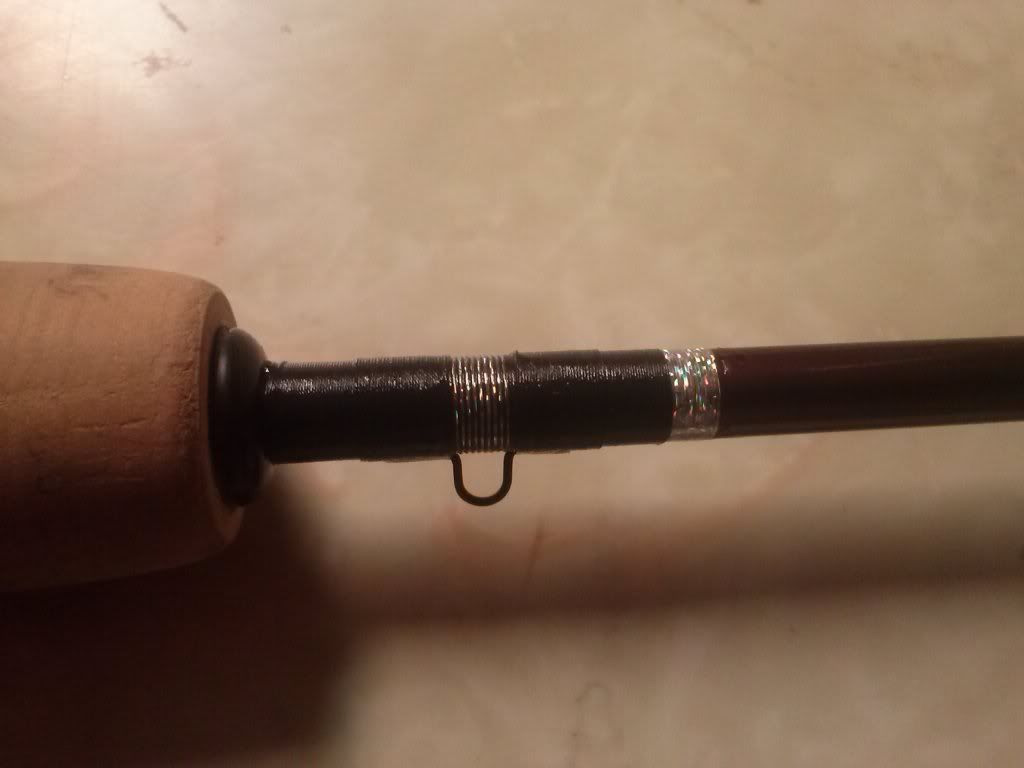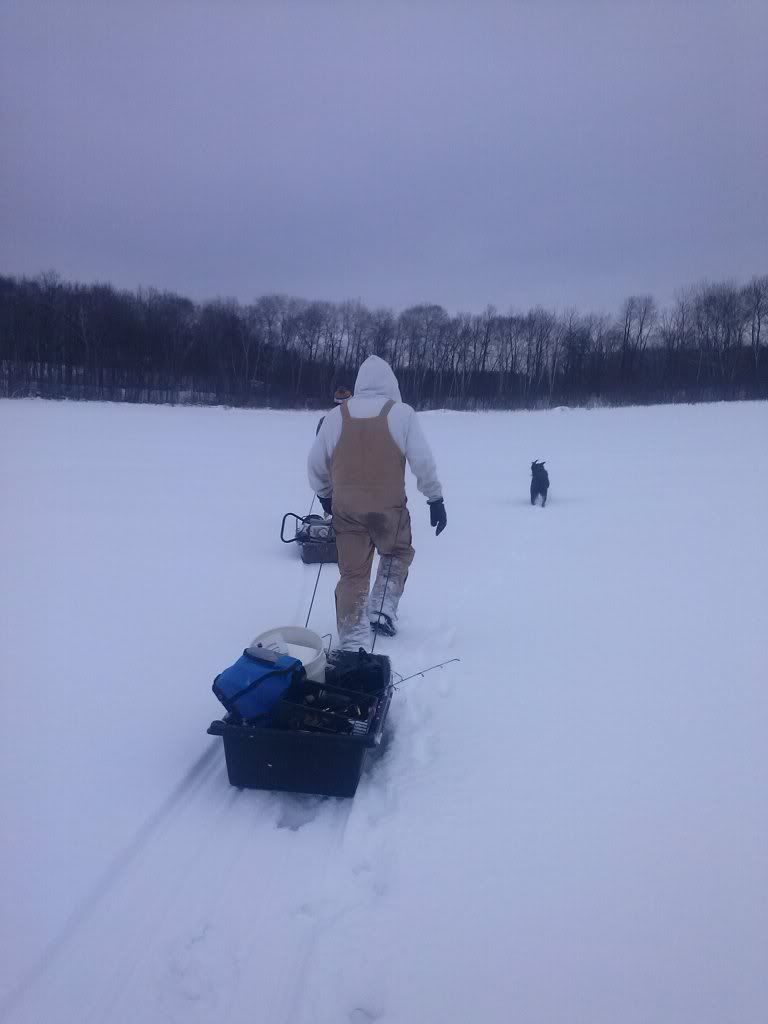Today the Minnesota DNR announced that Pelican
Lake in Wright County
I call it a
“potential die-off” because there are very few winterkills that truly kill off
every fish in a lake. Some fish will always seem to find a way to survive,
whether it be a random weed bed that is producing oxygen, or a spring they
happened upon. And once they survive until late ice, it is like a single person
at a buffet. There is food as far as the eye can see. For panfish, especially, this
eliminates the need to compete for both food and breeding grounds. This is why
many lakes that suffer periodic winterkills also produce some gigantic panfish.
Before you
begin to curse the idea of winterkill, do a little research. In just 5 minutes
on the internet, I was able to find several documents that discuss how
winterkill can be beneficial for a lake. Here are a few excerpts:
1. “A winterkill may lead to a more balanced fishery and
possibly even improved water quality. Fish that survive a winterkill will have
reduced competition for food for a period of time and so may grow faster and to
a larger size”
2. “Fish kills indicate habitat or pollution problems that
can be corrected, however fish kills can be beneficial by reducing
over-populated, slow-growing panfish and actually increase growth rates and
improve fishing.”
3. “Fortunately, usually enough fish survive, either in the
lake or in connecting waters, to
repopulate the lake in a couple of years.”
4. “Winterkill can have some beneficial effects. In lakes
with overabundant panfish, winterkill can result in increased growth rates and
less competition for survivors. It also can greatly reduce carp abundance,
allowing for improved water quality and increased success of subsequent fish
stocking efforts.”
While
Pelican lake was a true trophy fishery, it will only be a matter of time before
it is back to what it was. Mark it down on your calendar, four to five years
from now, and you can beat all the guys who wait for internet reports before
they try a lake. The fish will be back.
Winterkills
happen. Say it over and over to yourself. While it is an ugly truth,
winterkills and partial winterkills are beneficial to lakes. Just make sure you
are ready to go fish it again when the lake recovers.
Have some
concerns aboot avoiding winterkills, maybe you should rethink where you fish: http://bobsfishinghole.blogspot.com/2011/11/pine-to-prairie-panfish.html








